We all have our own obsessions. Some musicians drool over the newest boutique guitar pedals. Another musician that works at zZounds may dream about a tweed couch that matches all of his vintage Fender tweed amps. I, on the other hand, obsess over my new favorite plug-ins. I recently purchased a bundle of Softube plug-ins, and I am itching to tell you all about my new mixing tools.
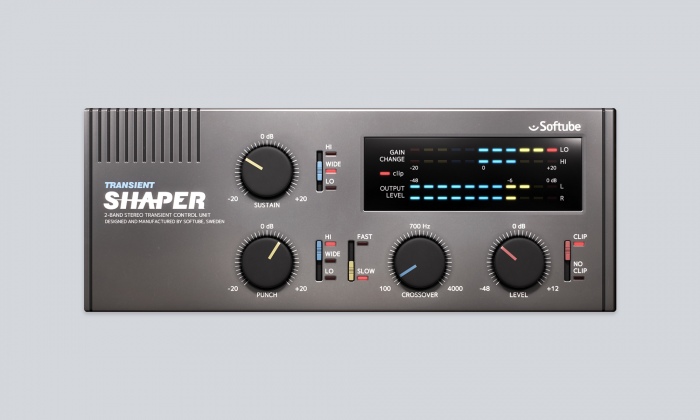
Transient Shaper
I’ve said it before, and I’ll say it again: I don’t want you to hear the kick drum in my mix, I want you to FEEL it. The best kick drum sounds like it’s punching you in the ear, like that scary dude in the mosh pit wearing a Misfits T-shirt covered in blood. Whose blood is it? Are they okay? Anyways, the Transient Shaper is a dual band transient processing tool that provides a separate attack and sustain knob. I have been leaning on The Transient Shaper because it allows you to select different frequency ranges to process. When it comes to kick, I have found that some transient designers boost too much low end when I boost the attack. When I use the Transient Shaper, I can select high frequencies, low frequencies, or all of them with the selection of “wide.” I often boost the high-frequency attack if the track doesn’t cut through enough, and the low frequency attack if I want more thump.
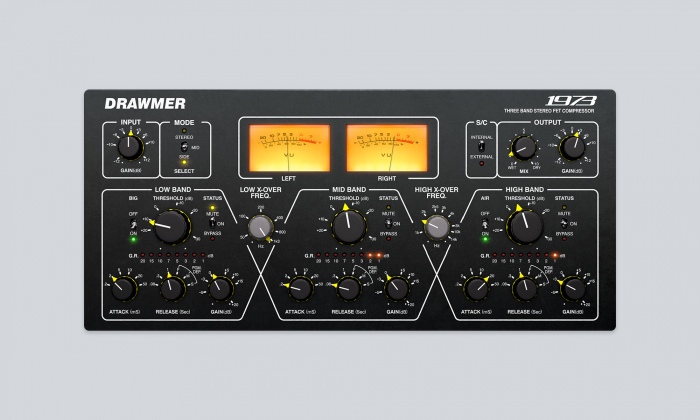
Drawmer 1973
If you sleep on this plug-in, your listeners will fall asleep listening to your music, and we can’t have that happening. All jokes aside, this multi-band compressor is an impressive little workhorse. Modeled after the original Drawmer 1973 hardware, this plug-in gives you control over three frequency bands. I like to use this plug-in to add a little mid-frequency body to vocal tracks. For me, boosting the low mids of a vocal with an EQ will result in an awkward and muddy vocal. The Drawmer 1973 allows you to compress the dynamic range of that area a little bit, giving you some room to boost the gain around 2 dB. Be gentle with the plug-in, though, because multibands can do some really weird stuff to your frequency response if you’re too heavy handed with them. In the example below, I used this plugin to add some body to the dry vocal. This is a subtle difference, but you will notice that the example with the Drawmer has some added body in the frequencies below 1 kHz. This added warmth also tricks your listeners into thinking the vocals louder and a little more powerful.
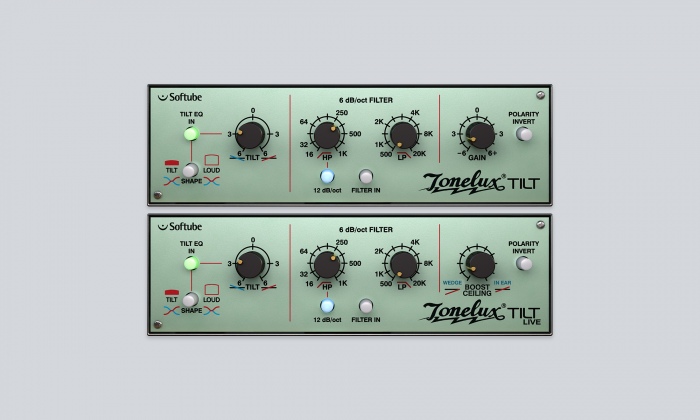
Tonelux Tilt
Do you ever add saturation to a track with the hopes of making it darker or brighter in timbre? Sometimes that saturation brings some extra crunch with it, and I don’t always want that extra bit of distortion. Don’t get me wrong, I love distortion but only when it was invited to the party. The Tonelux Tilt is great for making your source a little brighter or a little darker. I really like this plug-in for my bass tracks. Some basses have a beautiful, fat tone straight out of the DI — and the luthiers behind those basses are true heroes. Unfortunately, some clients don’t own those beautiful basses and their DI signal comes in a little too bright. The Tonelux Tilt can help add that desired warmth without the weird resonance that an EQ boost might add.
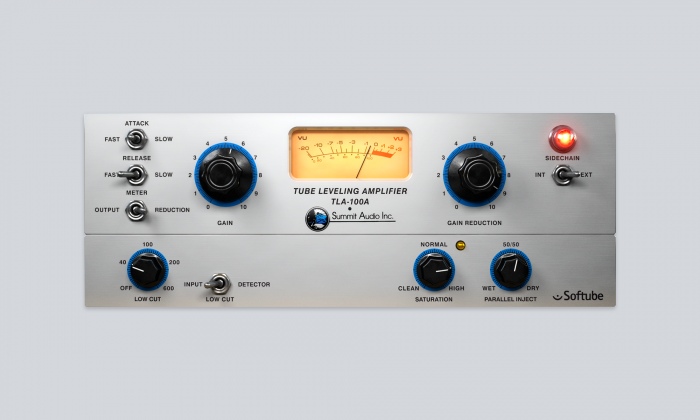
Summit Audio TLA-100A
I love compression, and I will not pretend to be someone that doesn’t. That being said, I like it when it’s done right. The TLA-100A is a great compressor because it’s easy to get a great sound without smashing the life out of the track. Need some subtle bass compression? TLA-100A’s got you. You wanna reel in the dynamics of that vocal track? Look no further, the TLA-100A’s here. It is also worth pointing out that this plug-in has saturation, parallel compression, and low-cut knobs that were not featured on the original hardware.
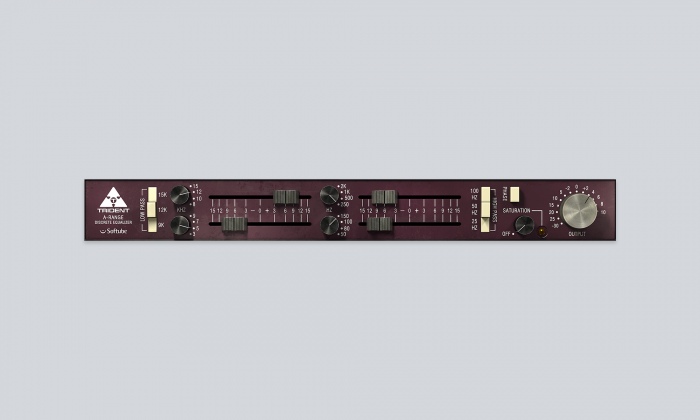
Trident A-Range
The Trident A-range is modeled after the equalizer from the legendary Trident console that is known for recording artists like Queen and David Bowie. It’s a 4-band EQ with a much larger selection of frequencies compared to some of it’s relatives, and it sounds far smoother than most parametric EQ plug-ins. Personally, I find myself using it when I want to pull back a little bit of 1 kHz or boost at 8kHz. What really hooked me was the high frequency boost. I’ve been using it to boost the top end of my room microphones and it really opens up the drum kit without getting too harsh. In the example below, I used the Trident A-Range to cut out the low frequencies and boost the high frequencies in my room mics. If you listen closely, you will notice that the recording with the EQ features a crispier representation of the hi-hat. If you also listen to the snare drum, you will notice that its sustain appears to last longer in the room’s reverb.
Softube’s plug-ins have added a lot of life to my mixes, and I am grateful for the consistent quality of their work. If you like altering your plug-in parameters by hand, check out the Console 1 MKII Control Surface. With Console 1, you can use the physical knobs to adjust your settings to a point that the feel just right.

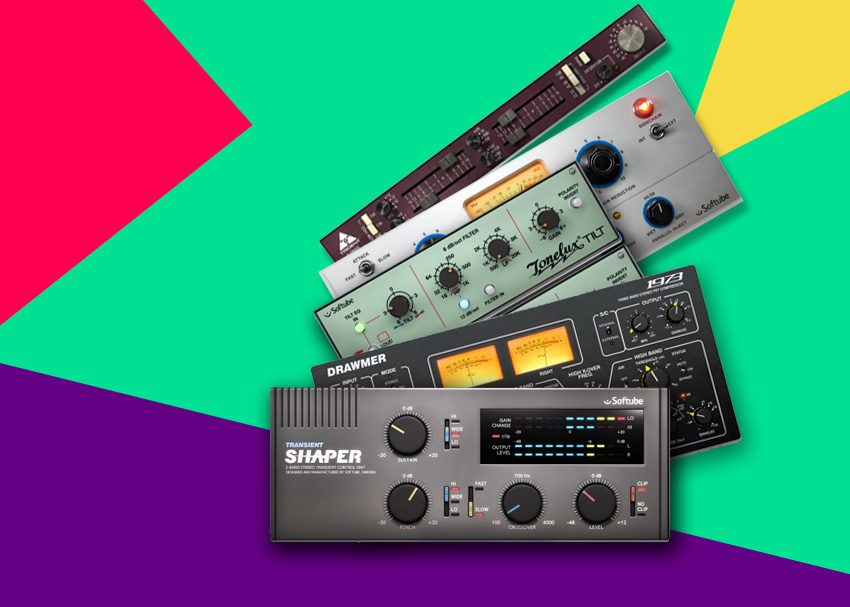


Leave a Reply